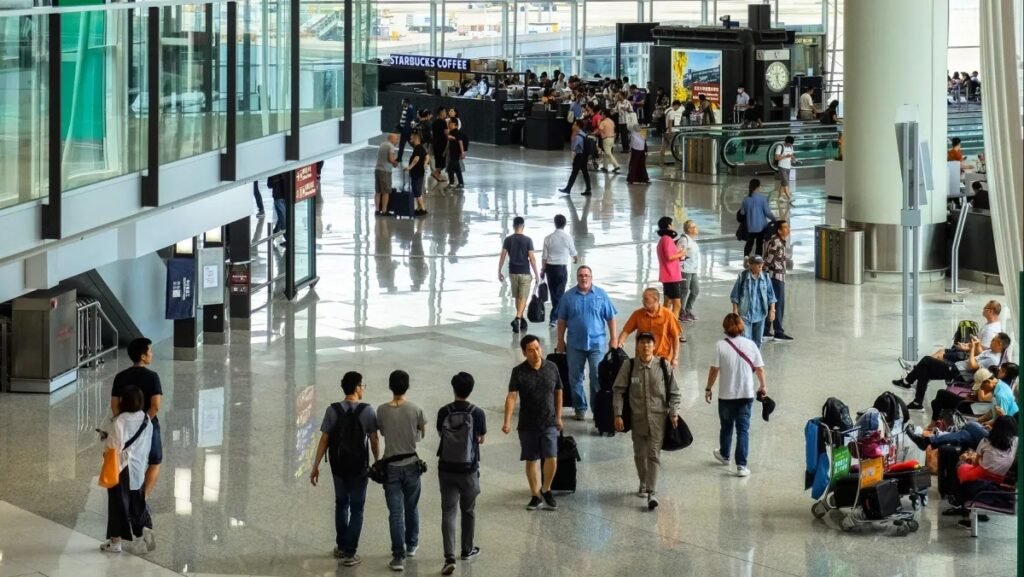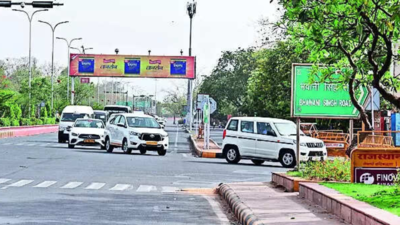IRISH drivers have been warned over a little-known car rule before families head off on summer holidays.
Motorists are being reminded of their legal responsibility to properly restrain dogs when travelling in their cars.
This rule exists to reduce driver distraction and to protect both the animal and passengers in the event of a sudden stop or collision.
The Road Safety Authority said an unrestrained dog can become a major hazard inside a moving vehicle – regardless of how short the journey may be.
If involved in an accident or forced to brake suddenly, an unsecured pet could suffer injuries or cause harm to others inside the car.
And road safety bosses said that appropriate restraint systems must be used to secure pets while driving.
For medium and large dogs, a safety harness that connects directly to the seat belt is considered the safest and most effective restraint.
Small dogs can be transported in a pet carrier, which should be secured with a seat belt or placed on the floor behind a front seat.
And dog guards can be installed in hatchbacks and estate cars to keep your pets confined to the rear section of the motor.
When using the boot space, the RSA said it is important to place a rubber mat on the floor to give the dog better grip while the car is in motion.
Even if a dog is wearing a harness, it should not sit in the front seat as the cars airbags could result in serious injury.
Along with using restraints, the RSA advises drivers to plan for their dogs to take regular breaks on long journeys.
Dogs should also not be left alone in a car, particularly during warm weather, as temperatures can become dangerous in a matter of minutes.
Drivers who fail to comply with these requirements may face significant fines and penalty points.
Speaking of the warning, Rhydian Jones, Confused.com car insurance expert said: “When travelling, the safety of your pet is just as important as others in the vehicle. It’s a legal requirement for drivers to use a pet restraint.
“It’s not just about avoiding fines; it’s about ensuring the safety of everyone in the vehicle, including your dog.
“Investing in proper restraints is a small price to pay compared to the potential consequences.”
Meanwhile, as the weather gets warmer, drivers are being urged to check their sunglasses’ rating when behind the wheel.
Sunglasses have ratings which range from 0 to 4 – with category 4 shades labelled as being ‘not suitable for driving’.
The most heavily tinted sunglasses should not be worn while driving day or night as they only transmit between 3 per cent to 8 per cent of light, according to AA Ireland.
Lenses considered unsuitable for night driving have a light transmission of less than 75 per cent or are yellow tinted.
A spokesperson for Specsavers Ireland said: “A good-quality pair of sunglasses can help to reduce eye strain and squinting by reducing the amount of light that enters your eyes, giving you a clearer, more comfortable view of the road ahead.
“Sunglasses with category 3 lenses are best for daytime driving conditions — any higher is considered too dark to drive safely.
“For low light and night-time driving when sunglasses are not suitable, our UltraClear SuperClean lenses help to reduce reflections (such as from signage and street lights) experienced while driving.
“There are also lens treatments you can add to sunglasses and prescription glasses to enhance your comfort and help improve your driving vision.
“These range from polarising lenses to tints that help to improve contrast perception.”



















